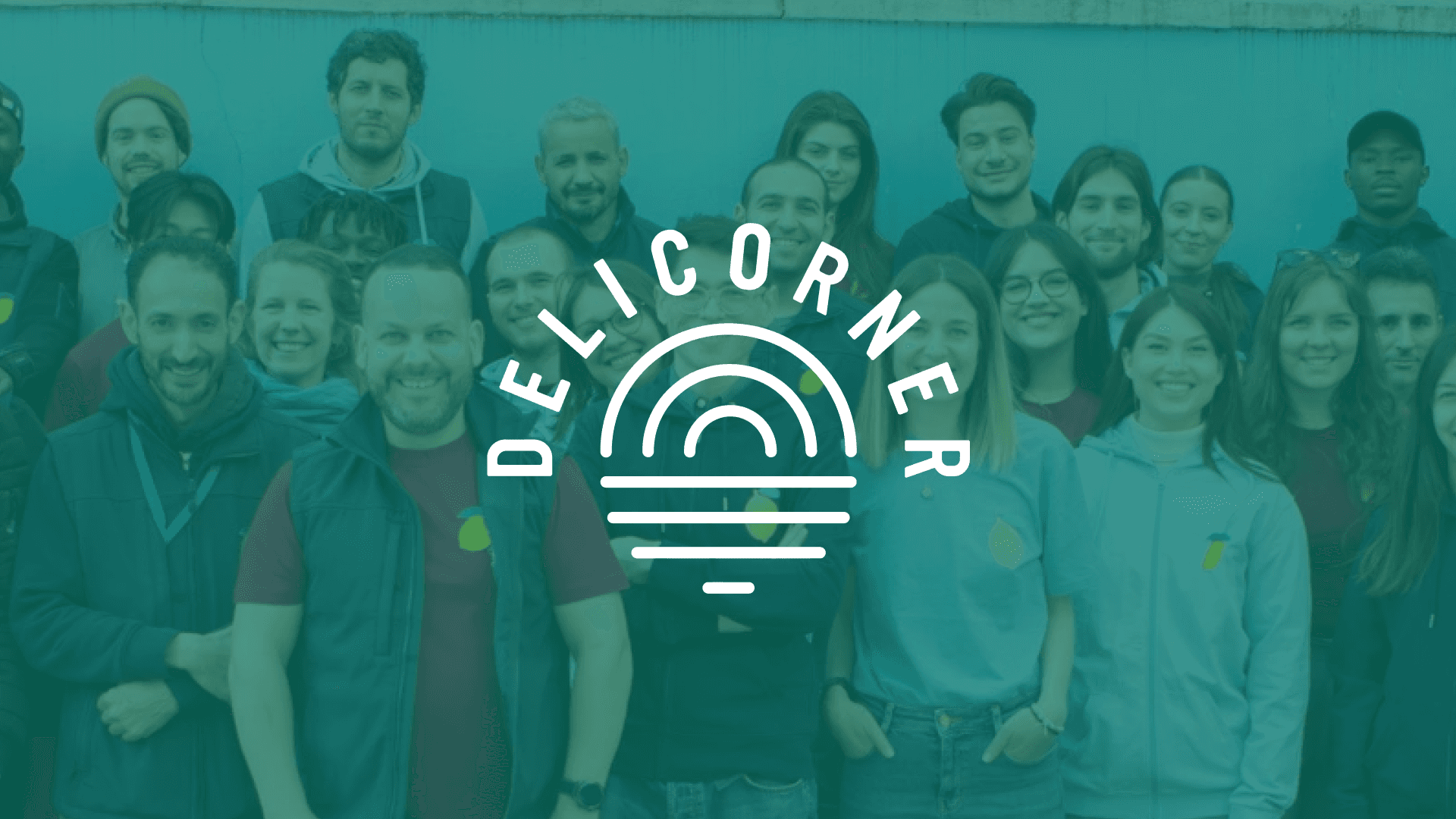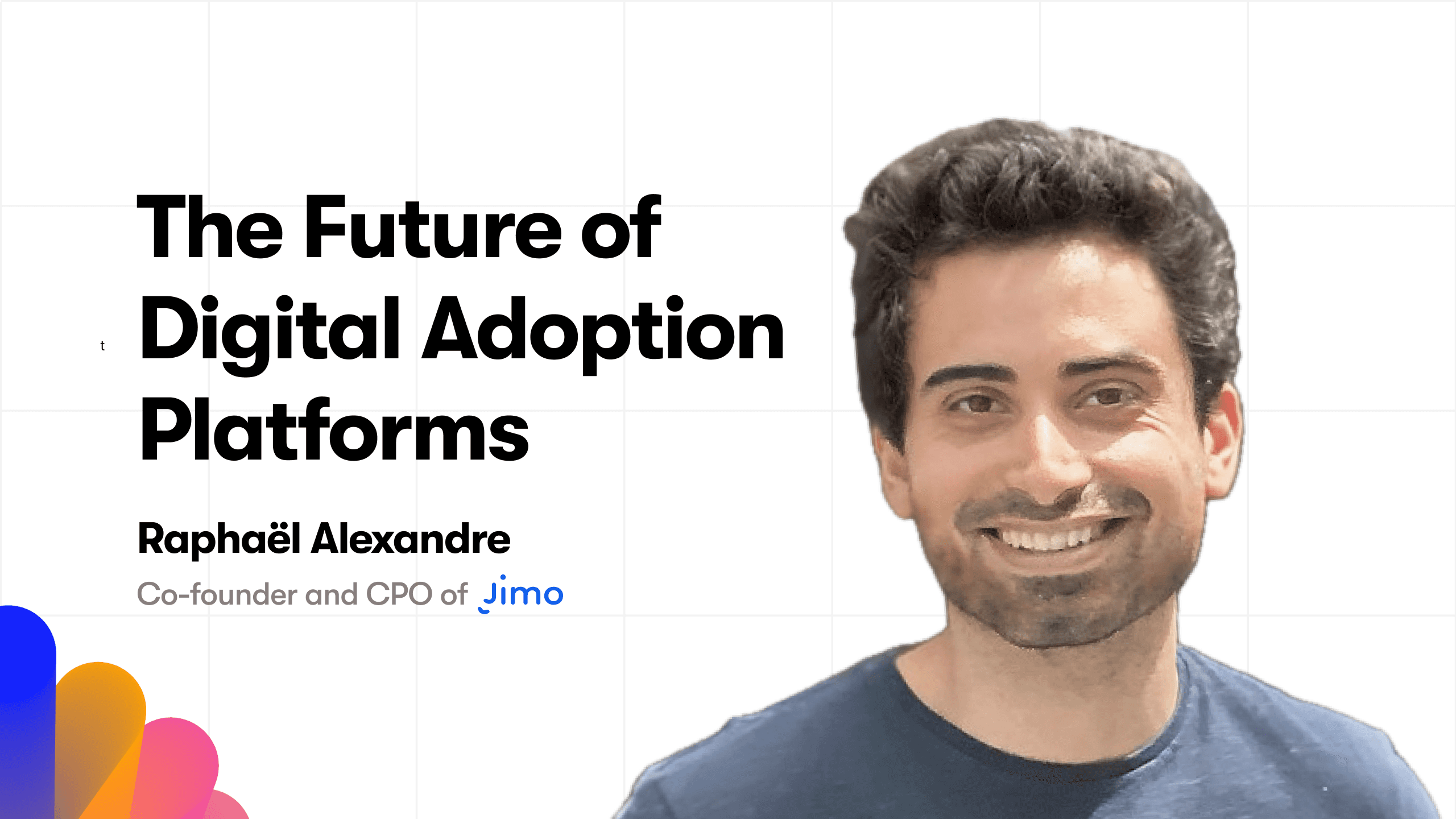What is Product Discovery?
Product discovery is the process of identifying and understanding the needs and desires of potential customers, and then creating a product that fulfills those needs. It involves researching the market, understanding customer pain points, and developing a product that addresses those pain points in a way that is both innovative and profitable. The goal of product discovery is to create a product that not only meets the needs of the target audience but also stands out in the market.
There are several techniques that can be used in the product discovery process:
Customer Interviews
Competitor Analysis
Market Research
Prototyping and Testing
Observational Research
Focus Groups
A/B Testing
Data Analysis
The Significance of Product Discovery in Tech SaaS Companies
In the realm of Tech SaaS companies, product discovery takes on an even greater significance. The success of a product, and by extension the company, hinges on the ability to effectively discover, design, and deliver solutions that not only solve user problems but also provide a delightful user experience.
Product discovery is not a one-time event but a continuous process that permeates the entire lifecycle of the product. It is the compass that guides the product team, ensuring that they are always solving the right problems for the right users. A successful product discovery process can lead to products that resonate with users, achieve product-market fit, and ultimately drive the growth and success of the company.
The Pillars of Effective Product Discovery
The process of product discovery rests on four key pillars: understanding users, identifying problems, exploring solutions, and validating the product. Each of these pillars plays a crucial role in shaping the product discovery process.
Understanding users is the first step in the product discovery process. It involves gaining a deep insight into the users' needs, motivations, and behaviors. This understanding forms the foundation upon which all subsequent steps of the product discovery process are built.
Identifying problems involves pinpointing the specific problems that users are facing. It requires a keen eye for observation and a deep understanding of the user context. The goal is to identify problems that are worth solving, problems that, if solved, can provide significant value to the users.
Exploring solutions is the phase where potential solutions to the identified problems are brainstormed and evaluated. It is a creative process that requires a balance of ideation and analysis.
Validating the product is the final pillar of the product discovery process. It involves testing the proposed solution with users to ensure that it effectively solves the identified problem and provides value to the users. This validation helps in mitigating risks and making informed decisions about the product's development.
In the following sections, we will delve into ten strategies that can enhance each of these pillars and significantly improve your product discovery process.
10 Techniques to Enhance Your Product Discovery Process
In the following sections, we will delve into ten strategies that can significantly enhance your product discovery process. Each strategy will be discussed in detail, providing actionable insights that you can apply to your product discovery journey.
Strategy 1: Understanding Your Users
The first strategy revolves around understanding your users. This is the cornerstone of any successful product discovery process. It involves gaining a deep insight into the needs, motivations, and behaviors of your users.
To truly understand your users, you need to go beyond surface-level demographics and delve into the psychographics. What are their pain points? What motivates them? What are their goals? Understanding these aspects can provide valuable insights that can guide your product discovery process.
User research methods such as interviews, surveys, and user testing can be instrumental in gaining these insights. Remember, the goal is not just to collect data but to empathize with your users, to see the world from their perspective. This understanding forms the foundation upon which all subsequent steps of the product discovery process are built.
Strategy 2: Identifying User Problems
The second strategy focuses on identifying user problems. This involves pinpointing the specific problems that your users are facing. It requires a keen eye for observation and a deep understanding of the user context.
Identifying user problems is not just about finding what is wrong. It is about uncovering opportunities, gaps in the market that your product can fill. It involves asking the right questions, challenging assumptions, and constantly seeking to understand the 'why' behind the 'what'.
Remember, the goal is to identify problems that are worth solving, problems that, if solved, can provide significant value to the users.
Strategy 3: Exploring Potential Solutions
The third strategy is about exploring potential solutions. Once you have identified the user problems, the next step is to brainstorm potential solutions. This is a creative process that requires a balance of ideation and analysis.
During this phase, encourage divergent thinking, generate as many ideas as possible without worrying about their feasibility. Once you have a broad range of ideas, then switch to convergent thinking. Evaluate each idea based on its feasibility, viability, and desirability.
Remember, the goal is not to find a perfect solution but to explore a range of potential solutions that can be tested and validated with users.
Strategy 4: Validating Your Product Concept
Validating your product concept involves testing the proposed solution with users to ensure that it effectively solves the identified problem and provides value to the users.
Validation can take many forms, from low-fidelity prototypes to minimum viable products (MVPs). The key is to get user feedback early and often. This feedback can provide valuable insights that can help you refine your solution and make informed decisions about the product's development.
Remember, validation is not a one-time event but a continuous process. As you learn more about your users and the market, you should continually validate your product concept to ensure that it remains relevant and valuable.
Strategy 5: Building a Minimum Viable Product (MVP)
An MVP is a version of your product that has just enough features to be usable by early customers who can then provide feedback for future product development.
The goal of an MVP is not to launch a fully-fledged product, but to learn as much as possible about your users and their needs with the least effort. It allows you to test your assumptions, validate your solution, and gather user feedback before investing heavily in product development.
Remember, an MVP is not a half-baked product, but a strategic tool for learning and validation. It should provide enough value to the users and have enough potential for future improvement.
Strategy 6: Collecting User Feedback
The sixth strategy emphasizes the importance of collecting user feedback. User feedback is the compass that guides your product development journey. It provides insights into what is working, what is not, and what can be improved.
Collecting user feedback can take many forms, from user interviews, surveys, usability testing, to analyzing user behavior data. The key is to listen to your users, understand their feedback, and act on it.
Remember, collecting user feedback is not a one-time event but a continuous process. As your product evolves, you should continually seek feedback to ensure that your product meets user needs and expectations.
Strategy 7: Iterating Based on Feedback
Once you have collected user feedback, the next step is to analyze this feedback and use it to iterate and improve your product.
Iteration involves making changes to your product based on the feedback received, testing these changes with users, and learning from the results. It is a cycle of continuous improvement that ensures your product remains relevant and valuable to the users.
Remember, iteration is not about making random changes, but about making informed decisions based on user feedback. It is about learning, adapting, and evolving your product to better meet user needs.
Strategy 8: Conducting User Testing
User testing is a method of evaluating a product by testing it with representative users. It allows you to observe how users interact with your product, identify usability issues, and gather feedback.
User testing can be conducted at various stages of the product development process, from early concept testing to usability testing of fully functional products. The insights gained from user testing can provide valuable input for your product discovery process.
Remember, user testing is not about proving that your product works, but about learning how to make it better. It is about understanding the user's perspective and improving the user experience based on this understanding.
Strategy 9: Analyzing Market Trends
Keeping a pulse on the market trends is crucial for successful product discovery. It involves understanding the dynamics of the market, the competitive landscape, and the evolving needs and behaviors of the users.
Analyzing market trends can provide insights into opportunities for innovation, potential threats from competitors, and changes in user behavior that can impact your product. It can help you anticipate changes, make informed decisions, and stay ahead of the curve.
Remember, analyzing market trends is not about chasing every trend, but about understanding the underlying shifts and aligning your product strategy accordingly. It is about being proactive, not reactive.
Strategy 10: Continuously Learning and Adapting
The tenth strategy emphasizes the need for continuous learning and adaptation in product discovery. The world of tech SaaS is dynamic and fast-paced. What works today may not work tomorrow. As such, continuous learning and adaptation are key to staying relevant and successful.
Continuous learning involves seeking feedback, learning from successes and failures, and constantly updating your knowledge and skills. Adaptation involves applying these learnings to improve your product discovery process and adapt to the changing market and user needs.
Remember, continuous learning and adaptation are not about making drastic changes, but about making incremental improvements that accumulate over time. It is about fostering a culture of learning and improvement within the product team.
Conclusion
In conclusion, an effective product discovery process is crucial for the success of tech SaaS companies. It involves understanding users, identifying problems, exploring solutions, and validating the product. The ten strategies discussed in this article provide a comprehensive guide to enhancing your product discovery process. By applying these strategies, you can navigate the product discovery journey with confidence and create products that resonate with users and drive the growth and success of your company. With Jimo, you can implement all these strategies and improve the user experience!





